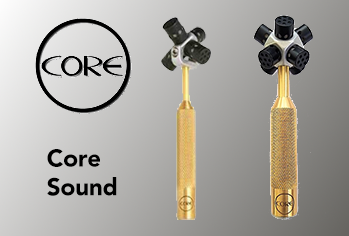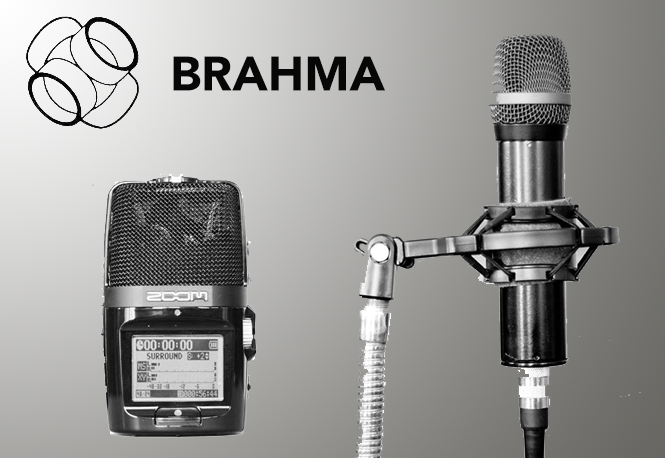Cinema
Small surround systems like quad or 5.1 have long been a natural for ambisonics. Now with advanced decoders, large arrays like those in the latest cinema audio systems can be done well too. And if you archive your mix in B-format, it is future proof since you can always render to whatever the latest format is later.

This ability to take the exact same session with all of its editing and processing and render it once to stereo and then to surround with the flick of a switch is part of the power of ambisonics. You could even send the same B-format signal to two decoders and render both at the same time.

Field recording for surround
For basic surround recording with a single, tetrahedral microphone, the process is the same as for stereo, except you choose a different preset on the decoder. An optional rotate unit is included here since it seems that most recordings turn out to be a few degrees off.
This ability to take the exact same session with all of its editing and processing and render it once to stereo and then to surround with the flick of a switch is part of the power of ambisonics. You could even send the same B-format signal to two decoders and render both at the same time.
Field recording with spot mics
Sometimes the purist, single mic technique needs a little help from spot mics. We start with the basic surround signal chain and add a spot mic channel with an ambisonics panner plugin like Wigware’s AmbiPan. In this case, the bus of your mixer will be B-format and the decoder will go on the master track. The same technique can be used for stereo, of course.
Mixing live and synthetic sources
Ambisonics is not just about live recording. Live material can easily be mixed with synthetic sources, or a bunch of synthetic sources mixed on their own. Ambisonic panners can place a sound anywhere in 3D and can include diffusion. The routing looks much like the spot mic case above
Notes
- Templates for these use cases can be downloaded here
- VVEncode can be purchased here
- VVDecode will be available soon, VVMicVST can be used in VST hosts for now
- B-proc is available from York University
- AmbiPan is available from Bruce Wiggins


